All products featured are independently chosen by us. However, SoundGuys may receive a commission on orders placed through its retail links. See our ethics statement.
There's no such thing as "best headphones"
July 26, 2024
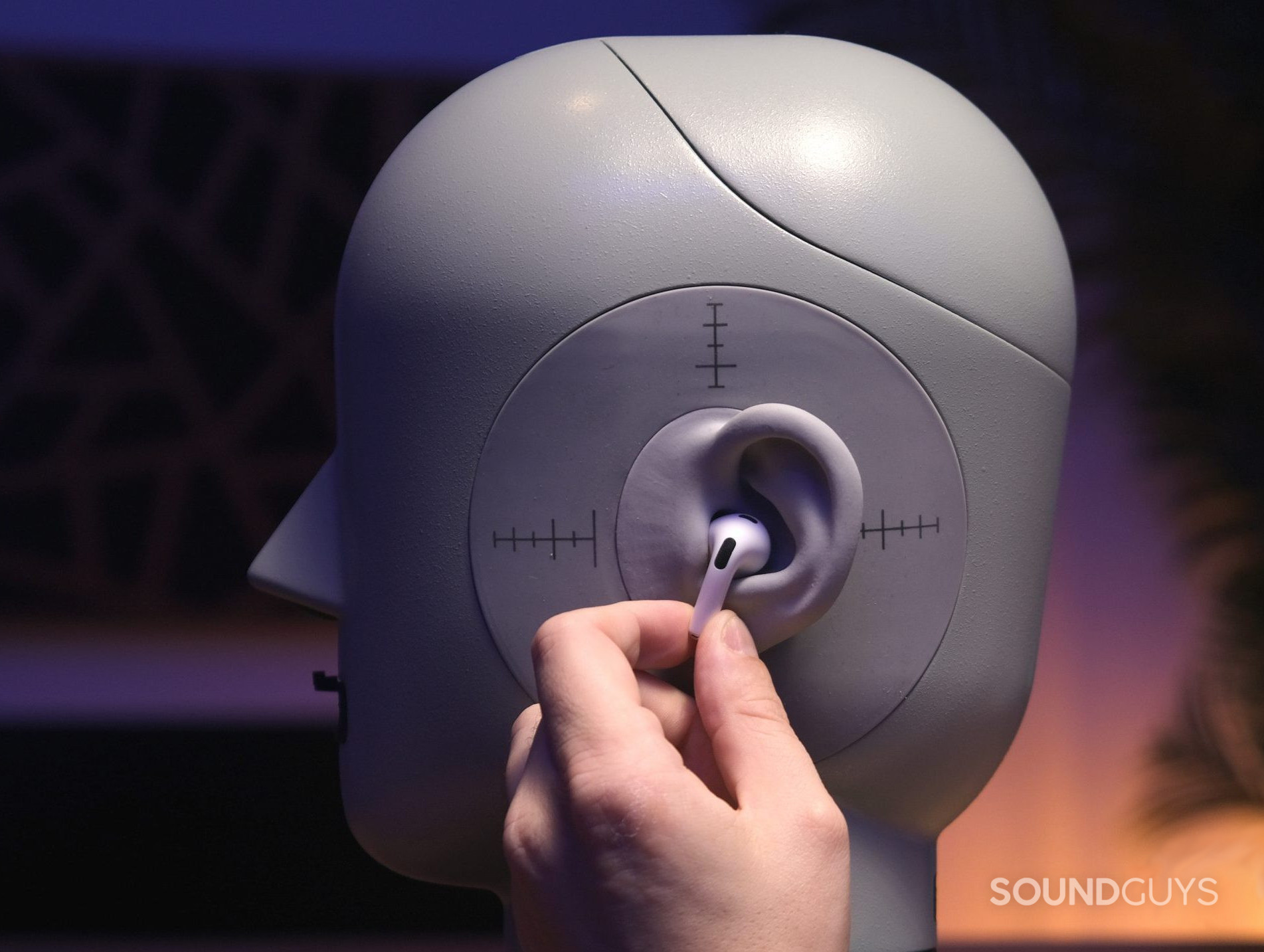
Over the years, I’ve been asked, “What are the best headphones?” more times than I can count, and it’s one of things that feel like there should be an easy answer to: but there isn’t. Now that headphones and earbuds have started to assume more duties than they had in years past, how do you determine the “best?” At this point, there’s no one clear answer, and the question itself, while well-meaning, is misguided.
Define “best”
If I could put my finger on why the question is so tough to answer, it’s like asking someone what the best car or power tool is; there’s so much information that’s missing from the question that it becomes hard to answer. What are the best headphones? Is it what sounds the best? What about features? Do you have the right phone? Must the best headphones have a certain feature? The list goes on.
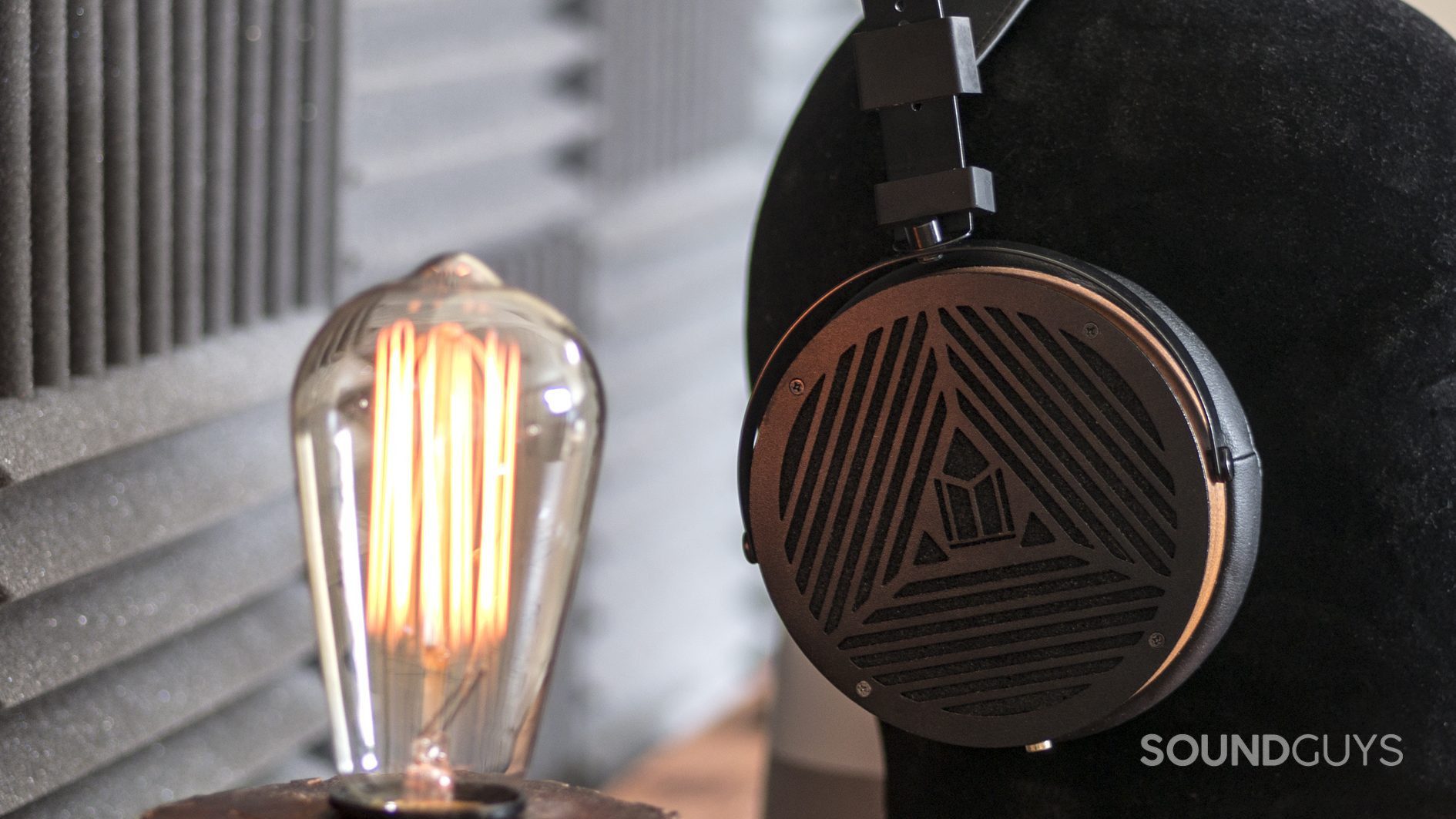
There should be no greater clue to the lack of the “best” headphones out there than the constant bickering and user reviews on YouTube. If there were a set of “best” headphones, it would not be so difficult to figure it out. There are a fair number of experienced journalists, engineers, and enthusiasts all chasing that dragon — so there would be a lot less confusion around the issue if such a thing existed. The simple truth is there isn’t a “best” set of headphones, there’s only a “best” set for your needs at any given time.
Normally, I try to answer this question by starting a conversation, but in my experience, people generally want an immediate answer. The sheer number of people treating our FAQ submission tool as a search engine is a testament to that. Sometimes, they simply want confirmation that the popular headphones du jour are what they should buy (Beats, AirPods, etc.), or hope you know about a product that doesn’t exist offering ANC, stellar audio, and impossible features that only costs $10. Everybody wants a unicorn, but sadly, they don’t exist.
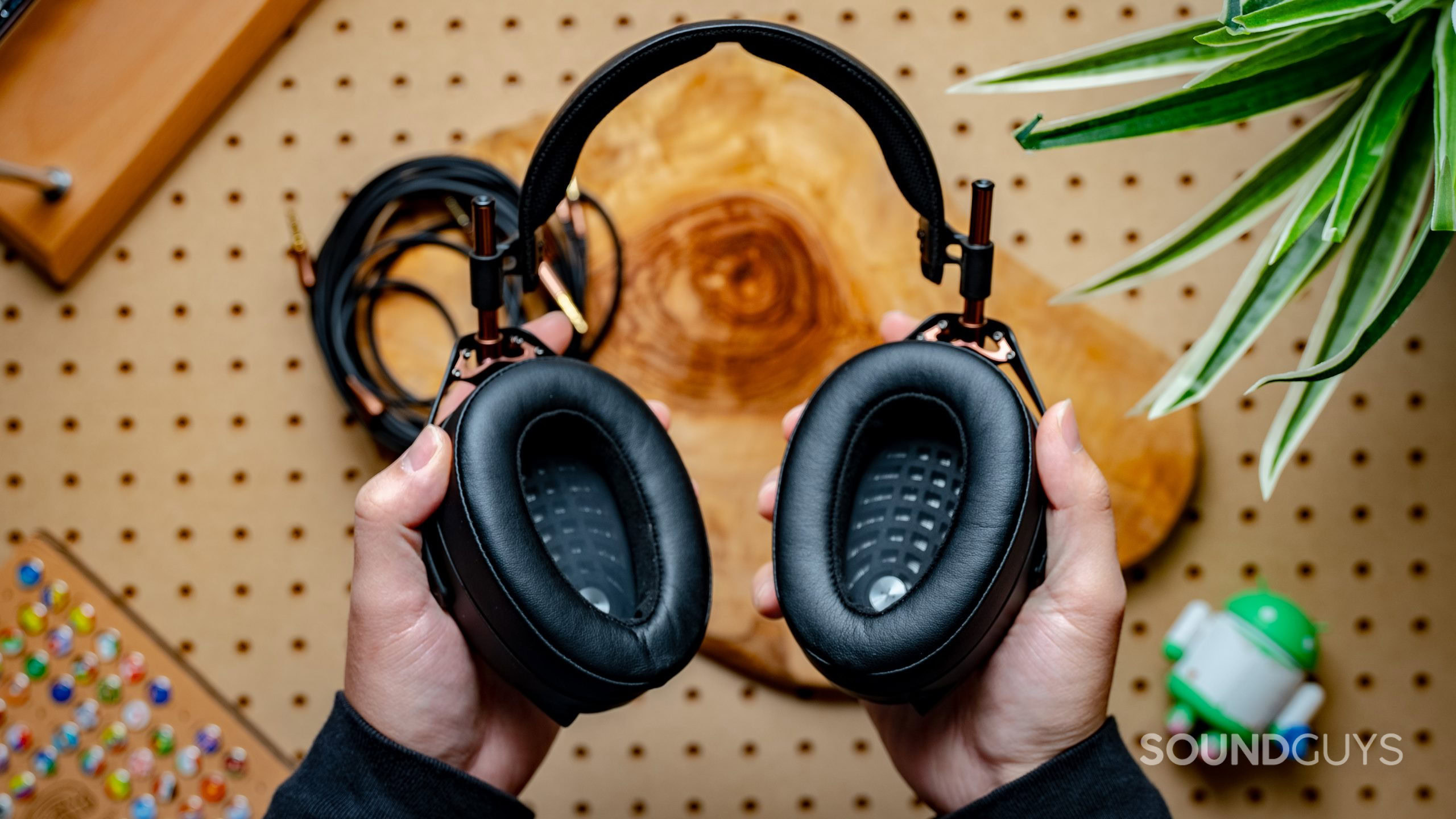
It may sound as if I’m being unfair, but it’s worth considering that asking someone out of the clear blue sky, “What’s the best ice cream flavor?” or “What’s the best Rush album?” is a bit of a tall ask. So, in a product category with as much diversity as personal audio has, how is asking “What are the best headphones?” any different?
It’s not.
To ask the right questions, you should be asking yourself first:
- How do you want to use your headphones? Working out? Travel? Critical listening?
- What headphones have you tried that sounded great to you?
- Is there something you absolutely need your headphones or earbuds to do?
After you’ve answered those questions, think to yourself: is everyone on this planet going to use their headphones or earbuds in exactly the same way? If not, you’ve discovered why there’s no such thing as the “best headphones.”
It’s a matter of taste
Now that headphones are used in many more contexts by many more people than simply listening to music, so too have the demands on earbuds and headphones. Over the last twenty years, headphones went from a wired-only affair with very few models requiring any sort of advanced processing power to where we are now. Most of the earbuds that cross my desk are wireless ANC models with new features like spatial audio with head tracking, or adaptive ANC, or even some that measure your ear canal and adjust their sound that way. The days of simple headphones that do one thing are gone.
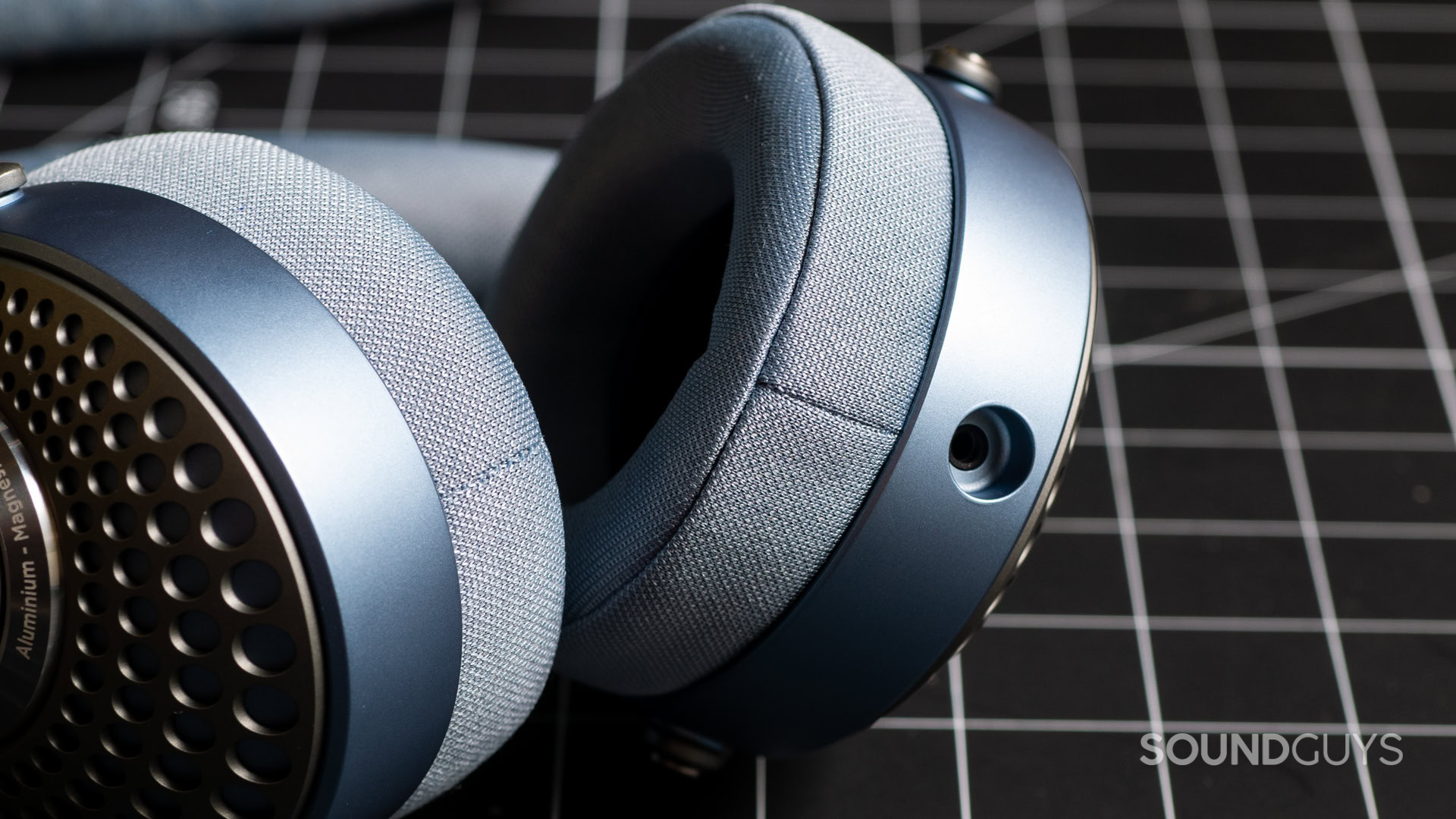
So when you’re faced with the idea that headphones need to do lots of different things, get ready to understand that not every product out there is going to do what you want it to. In a world where there’s so much to choose from, paradoxically, there’s less that will suit your demands as those demands get increasingly granular. Our recommendations can change depending on what kind of phone you have, where you listen to your music, or even what you do at work. These can all affect what we tell you to look for in a personal audio product.
You’d be surprised how often something like “not having adequate water resistance” or having the right flavor of spatial audio has swayed my personal recommendations. Even having the wrong phone processor is swaying my recommendations now. It’s exhausting!
Some people like less bass, others people want their inner ear bones rattled into powder — what people like varies.
Even if it was just down to sound quality, that, too, is a loaded subject. Even though there’s a certain kind of sound that we prefer, that’s not going to be everyone’s cup of tea. In fact, one of the things we learned from independent listening tests is that lots of people prefer very different sounds, even if they can largely agree on a preference curve that is a bit different than what they like the most. Some people like less bass, and other people want their inner ear bones rattled into powder. While most tuning preferences will center around some identifiable characteristics, what people like varies. We routinely review headphones that score well on the best approximation we have for measuring sound quality at present, but our reviewers are looking for something else.
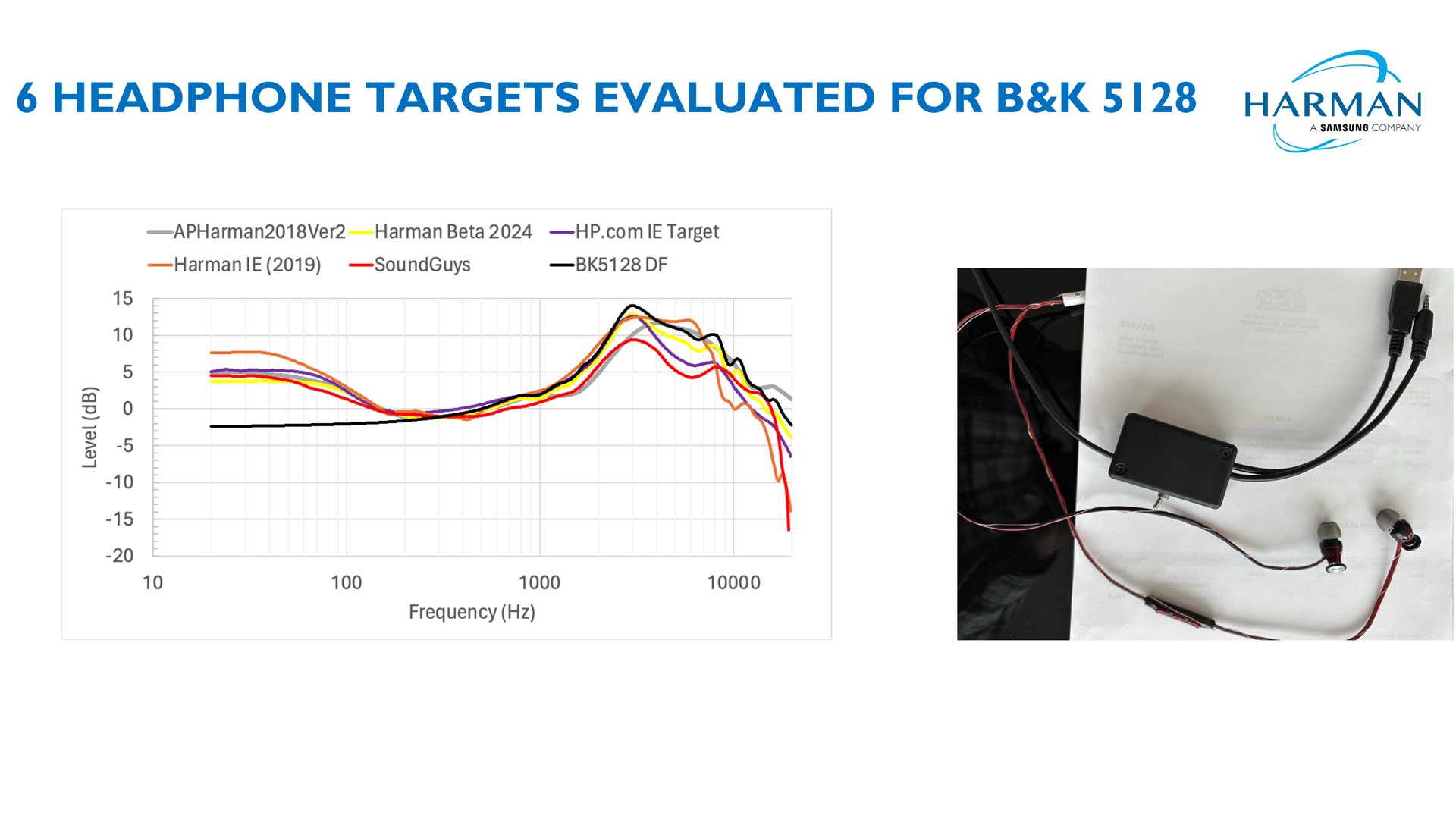
What about a standard response? A preference curve like the Harman Target describes what most people will rate positively — but meeting a preference curve isn’t going to guarantee that every person out there would prefer that kind of sound to any others. It may even be a moving target (if you’ll excuse the pun). If you dig into the scores different preference curves earn from large groups of listeners, you’ll see that none really approach a perfect 100; even the best-rated preference curves bounce around 60-70 percent listener preference. Though it’s true that these preference curves can help us contextualize how headphones sound, meeting them is no guarantee that you, personally, will like the sound.
Big tech has skin in the game
One of the more frustrating developments in personal audio was the entrance of big tech into the category. Sure, these megacorps have added a lot of really cool features and produced many of the most beloved personal audio products out there — but the development has also introduced the concept of walled gardens to a segment that used to be more or less universally compatible.
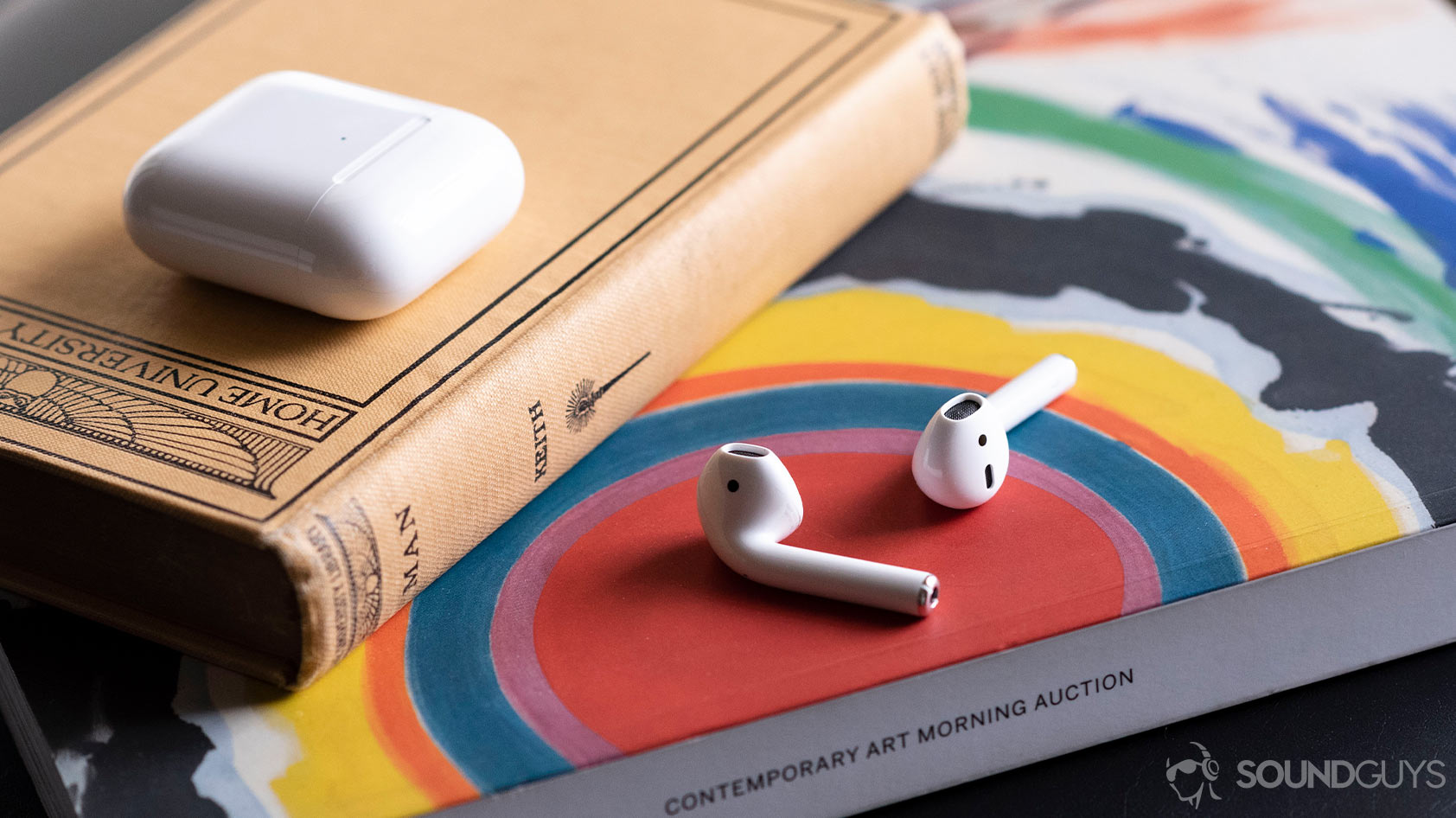
Though large companies have guided the development of personal audio since the very beginning, the market has never been more fractured than it is now. When Apple bought Beats, it shifted the landscape of headphones and earbuds forever. Though heavyweights like Sony and Panasonic had long since been major players in audio, a computing company that popularized the smartphone was now turning the segment into an extension of a larger one. We’re starting to see more and more personal audio products locked to source hardware than ever before. For example: AirPods simply don’t have the same features unless you use them with an iOS device, and Samsung earbuds have lots of cool AI features — but only if you have a new Samsung phone.
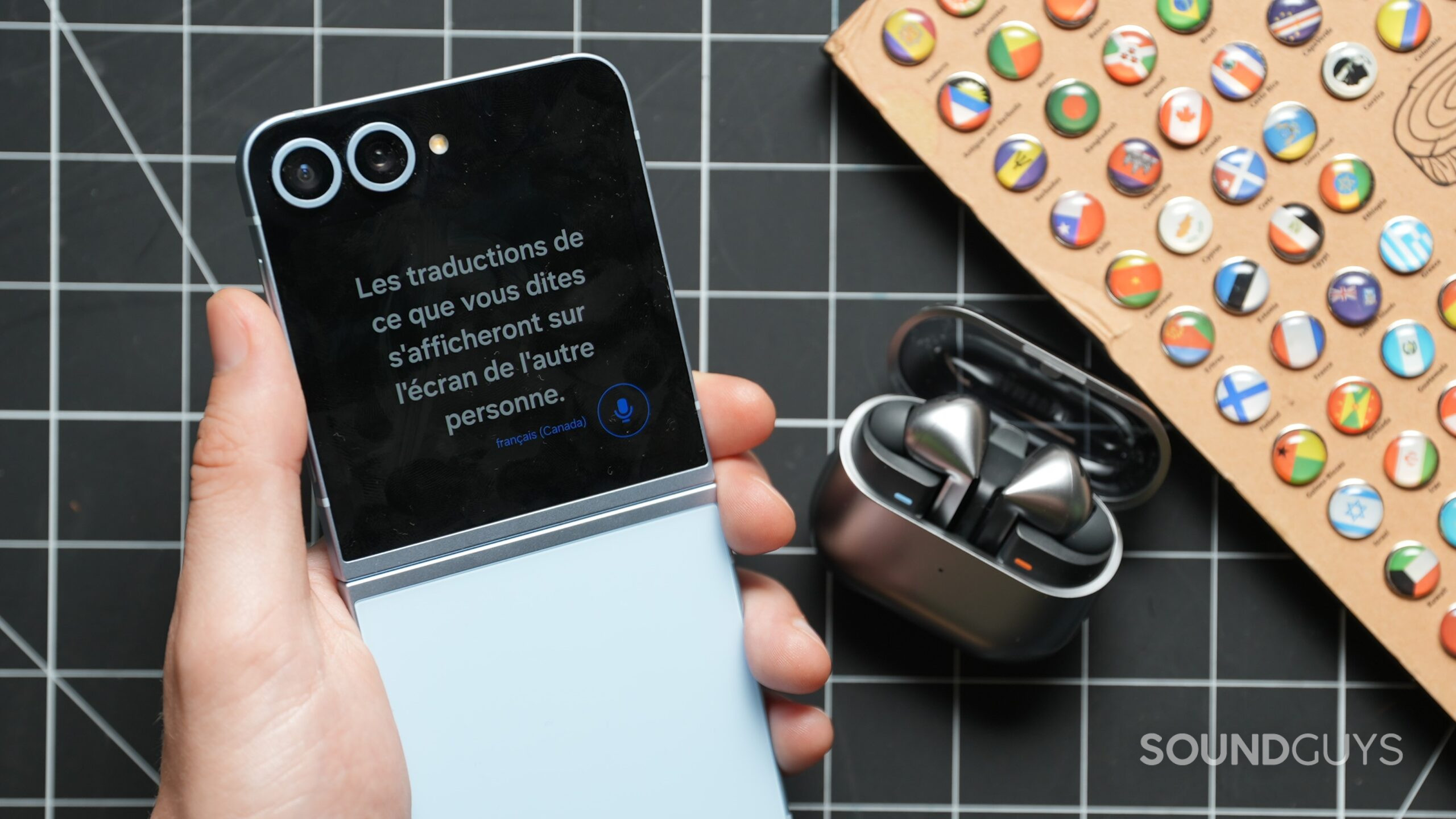
The profit motive does bad things to a market, especially when there’s money to be made by shutting the door on interoperability or user maintenance. I’m not saying that headphones are getting enshittified, just that there’s little motivation to spend the extra money required to make sure your products don’t generate sales for your other wares. It’s not surprising that earbuds and headphones are more “disposable” than ever, because that’s just the most efficient way to make money from them. This is fundamentally at odds with someone looking to make a smart and savvy purchase.
Since the market dominance of true wireless earbuds, headphone and earbud designs have become nearly impossible for normal people to fix themselves. It used to be that you could swap out batteries to ANC headphones, or order replacement drivers for headphones that gave up the ghost, but no more. It’s much less profitable for a company to allow maintenance of their products when forcing consumers to buy a whole new one would be better for the bottom line. There’s a reason why we’ve only seen one set of earbuds with a removable battery housing, and it’s not one of the top manufacturers out there.
Stop worrying about the best headphones: what’s going to make you happy?

It should come as no surprise, then, that what people consider to be the “best” is now going to be a much more loaded question. There’s not an easy answer out there, but there are potentially hundreds of products that fit the bill. Instead of chasing what’s best, try to figure out what’s best for you, or at least realize that pure satisfaction may never come. You know that old saying “perfect is the enemy of good?” That’s what you should be keeping in mind while searching for headphones. Remember, buying headphones isn’t going to make you happy for the long haul, but it is a great tool to help you experience art.
Being happy with what you have will allow you to do more meaningful things like find new music, enjoy your gaming, or have a better workout. The goal shouldn’t be to buy a status symbol or what other people think you should have, but to get the right tool for the job. Only when you look at buying headphones through that lens does the way forward get clearer. If you’re able to narrow down what you want, we have more than a few recommendations for you to explore.
Thank you for being part of our community. Read our Comment Policy before posting.